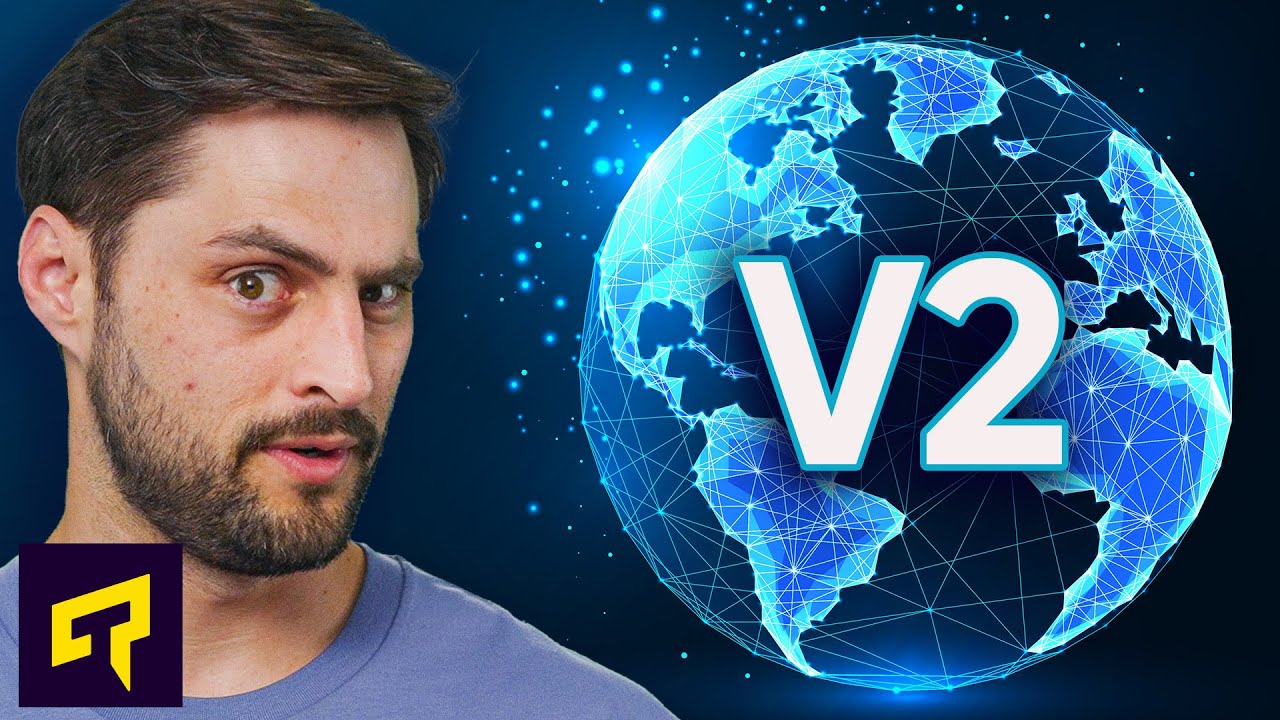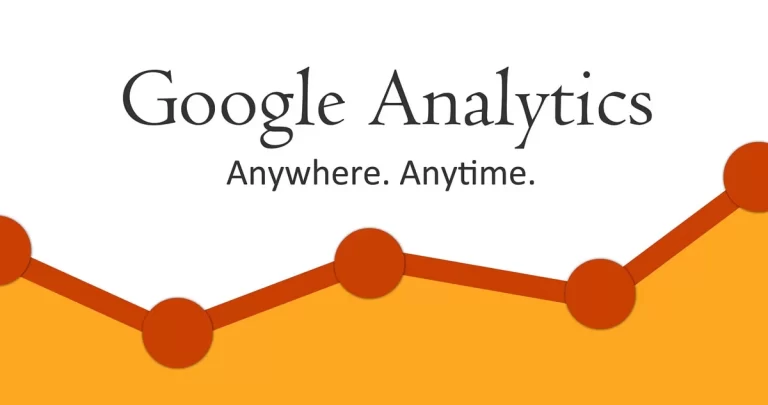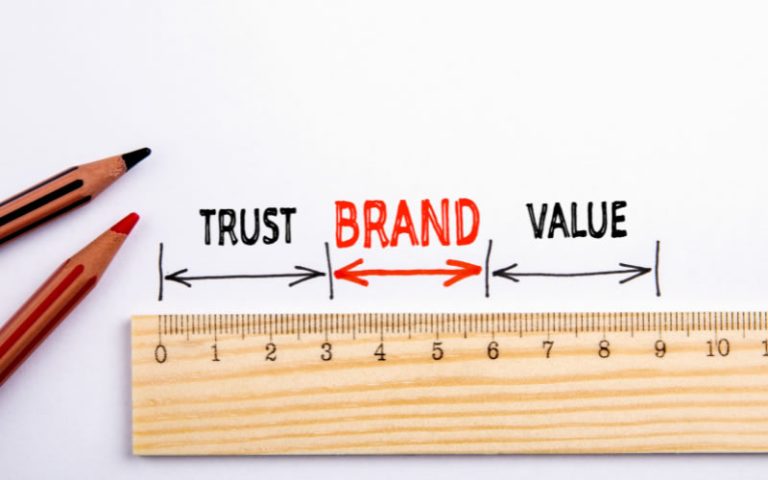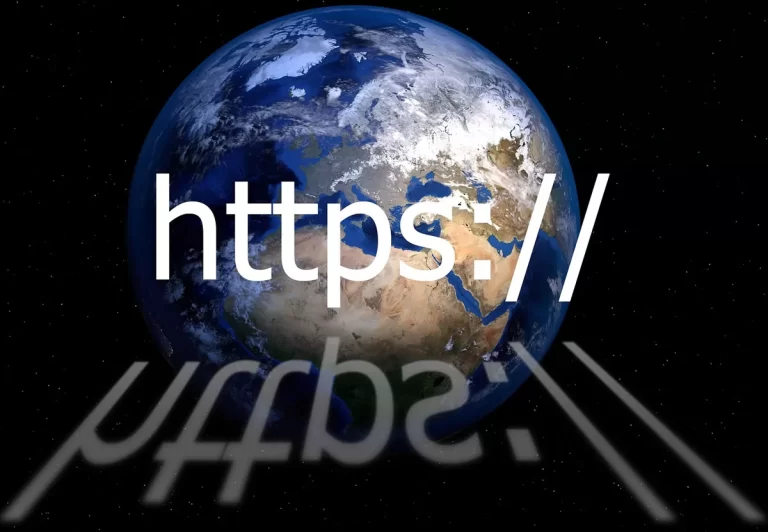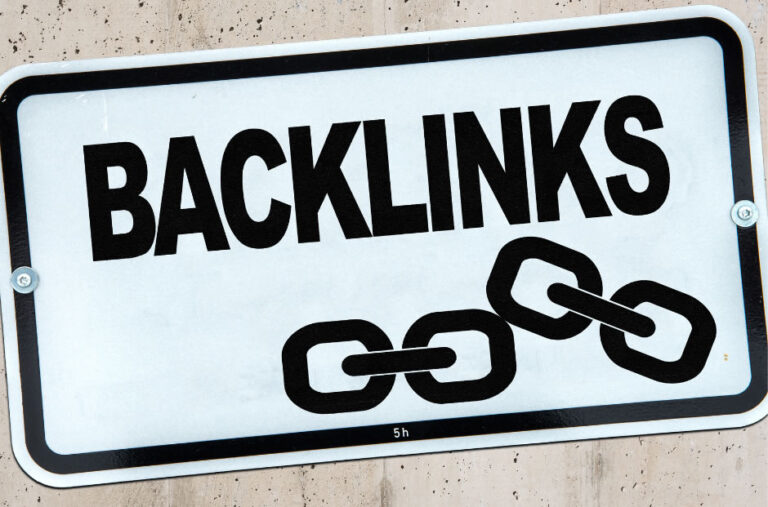Web 3.0 – The two versions of the web
The two versions of the web typically refer to Web 1.0 and Web 2.0.
Web 1.0:
Static Content: Early version of the internet where web pages were primarily static and non-interactive.
Read-Only: Users could only view information without the ability to interact or contribute.
Limited Interactivity: Websites were basic, consisting mostly of text and images, with limited multimedia elements.
Personal Websites: Often consisted of personal web pages and directories.
HTML-Based: Built using simple HTML with basic layout and design elements.
Web 2.0:
Dynamic Content: The modern version of the web, characterized by interactive and dynamic web pages.
Read-Write: Users can interact with websites, create and share content, and engage with others.
Enhanced Interactivity: Rich media, social networking, user-generated content, and advanced web applications.

Social Media
Platforms like Facebook, Twitter, and YouTube exemplify Web 2.0, enabling collaboration and communication.
Advanced Technologies
Utilizes AJAX, JavaScript, and other advanced technologies to create responsive and engaging user experiences.
Web 2.0 has significantly transformed this internet into a more collaborative and participatory platform, enabling users to contribute and interact in ways that were not possible with Web 1.0.
Most of us don’t think of the recent internet as a piece of software that has a version history like your favourite web browser operating system, but there have been enough big changes that developed more or less organically to lead some folks to claim where on the second, possibly even third version of the recent internet.
But how did we get here? Back in the early days of the web, say up until the early 2000s, you obviously had people that created content, otherwise the web would have just been empty.
Spinning GIFs Era
Most internet users were relatively passive and that they were generally looking at things that other folks made, think GEO Cities pages with spinning gifts and topical directories with bare links.
When average users were making contributions they were relatively small, think pre-social media era message boards, or online guest books, but although those cute little gifts were considered fancy by many at the time web pages themselves were actually quite simple.
For the most part, lots of pages didn’t support CSS, Dynamic HTML, or other features that made your browsing experience more interactive.
Web 1.0 Era
This was what many of us are now calling the web 1.0 era, even though it wasn’t known as such back then, but the next era of the web predictably goes by the term Web 2.0, which you’re much more likely to have heard of at some point.
While it’s hard to sum up, Web 2.0 is just a single concept, a big Lynch pin of Web 2.0 is the idea that web pages can change asynchronously without having to refresh the whole thing.
JavaScript & Ajax
This is thanks to Technologies like JavaScript and Concepts like Ajax that allow web pages to talk to the server in the background without affecting the rest of the web page.
This made Pages much more interactive as opposed to the web 1.0 era where interactivity was more limited and depended more on proprietary plugins which you might remember from all those active X messages that Internet Explorer was constantly giving everyone, but Web 2.0 is much more than just Slicker operating pages.
So we’ll tell you about another crucial aspect of it as well as its successor right after we thank SeaSonic, check out SeaSonics Vertex series of power supplies, including the gx1000, it’s a great choice for most builds as it’s both silent and power efficient.
Web 2.0 marked a big shift in webpage design, it was just as importantly a new way to think about the modern internet’s fundamental use cases.
Instead of being a tool to just get information and opinions, the dynamic nature of web 2.0’s capabilities means that sites are soliciting information from you, from me, and from us.
Shopping Sites
Online shopping sites like Amazon were among the first to exemplify this concept, but early social media sites like Myspace and Facebook quickly got us thinking about the web as a tool to post, to share, and to create rather than mostly just to consume.
This also led to the idea of software as a service, meaning that not only are you able to use the web as a platform for doing everything from looking at Medical Records to betting on sports, but also that the companies providing these Services can continually update them in the background.
A concept we’re obviously very used to today and that has been monetized heavily by services like AWS and Microsoft Azure and Adobe.
Remember when you can just buy a seat, a licence, you can just use the software forever if you didn’t want upgrades but what lies Beyond Web 2.0 right now it’s a little bit unclear as there are a couple of competing definitions of what web 3 or web 3.0 might mean.
Blockchain
The former is the idea that more and more services will be moved to a blockchain model to lessen our dependence on very few corporations hoovering up all users personal information providing an in ornament amount of services.
But given how blockchain hasn’t taken off in the same way crypto enthusiasts have wanted web 3.0, it seems like it’s more of a possible vision of the future rather than a reality, by contrast web 3.0 is also known as the semantic web.
Meaning that the content of web pages would be designed to be more machine-readable by using tags that would allow outside services to quickly make sense of information on the page.
AI Domination
But you could argue that AI has already been able to scoop this kind of information and quickly create accurate summaries without the need for manual tagging by a human.
In fact, there is another Third Way To Think of is web3, or web 3.0, as simply being a web dominated by AI.
Seeing as the AI we’re used to are more centralized, it’s almost the philosophical opposite of a web 3.0 blockchains, which is more about privacy and freedom from a platform dominated by a small group of huge companies.
Web 3.0 – Web 2.0 Successor?
This means that we probably haven’t arrived at a true successor to Web 2.0 yet, will it be web 3.0?
Who knows what it will look like when it does happen, what we do actually know is that Elder Millennials will be mad at it.
What do you think about web 3.0?
Will web 3.0 come in the form of AI?
Do you think web 3.0 is the answer we’re looking for? Or has web 3.0 lost its way?
You can learn more here; @techquickie

